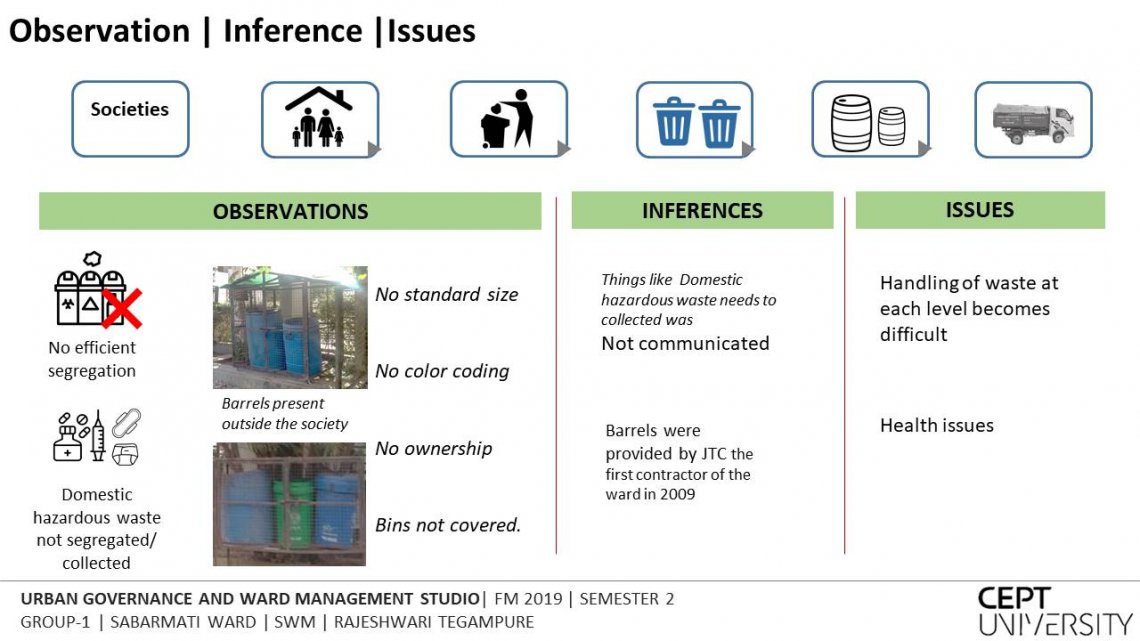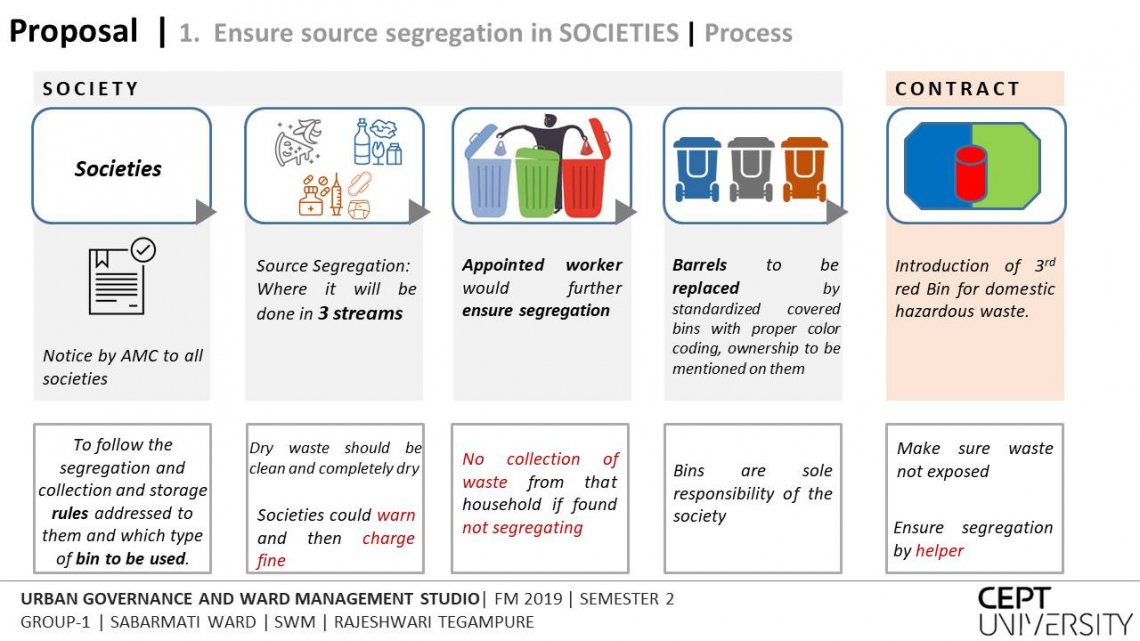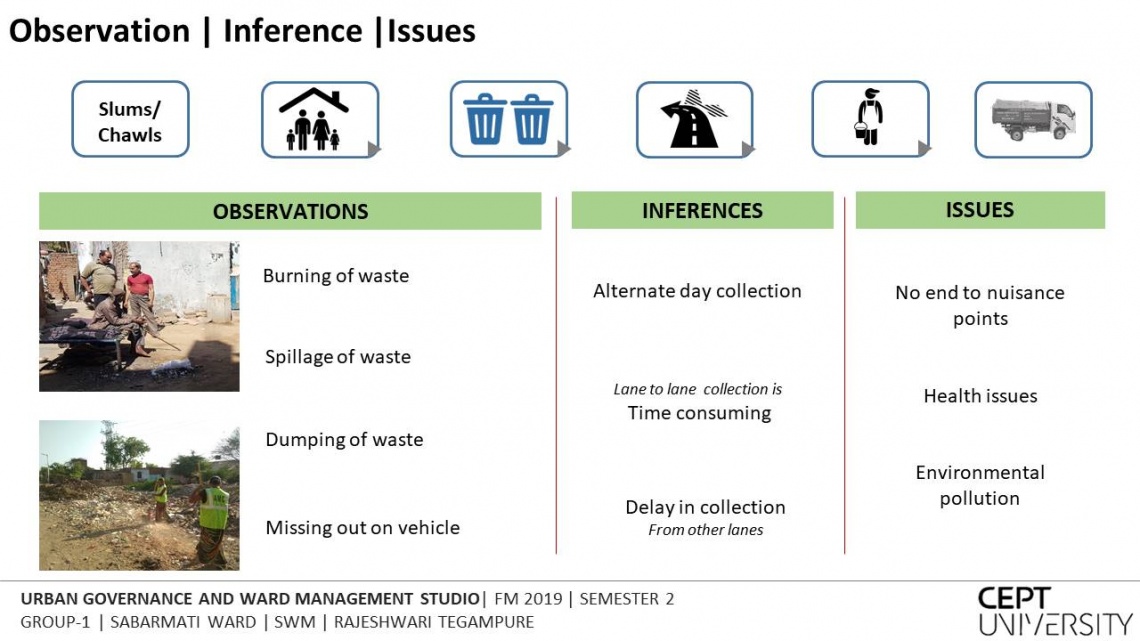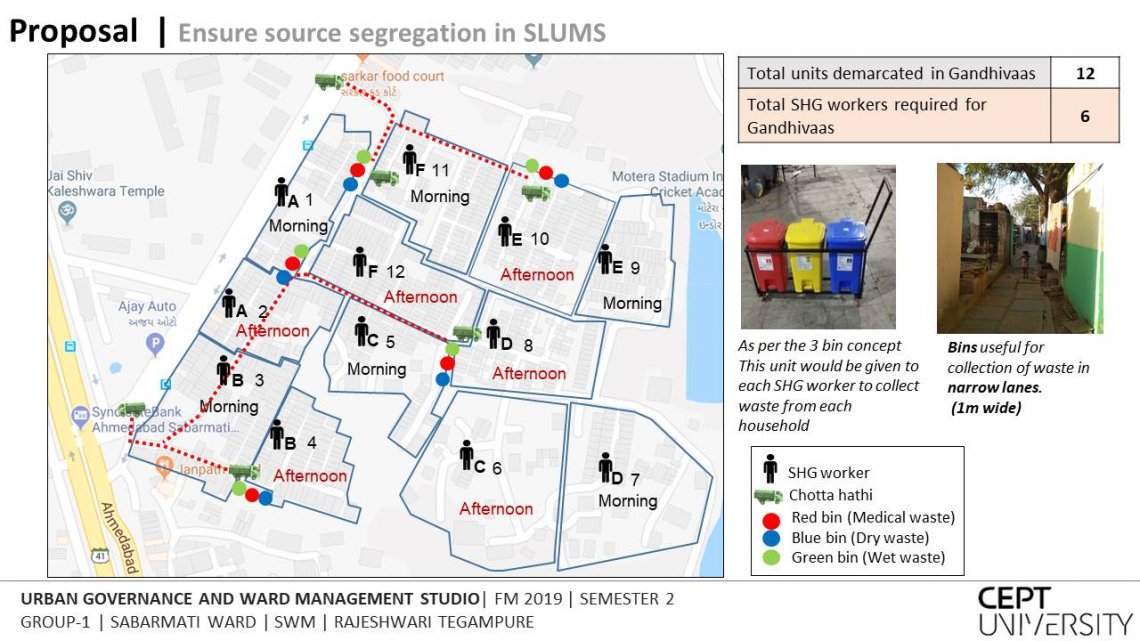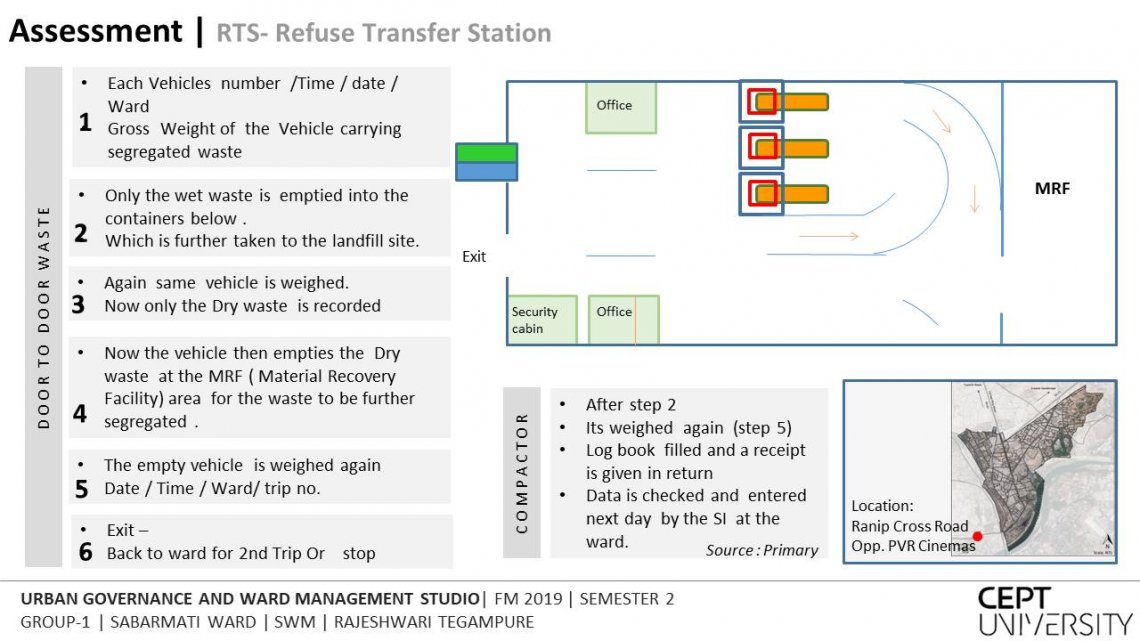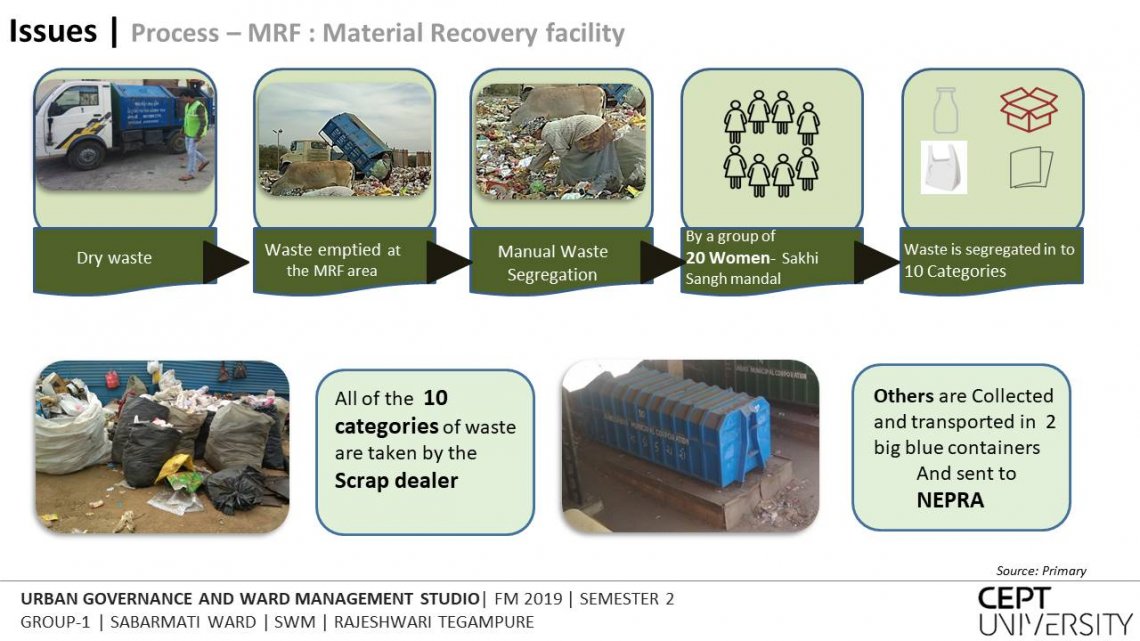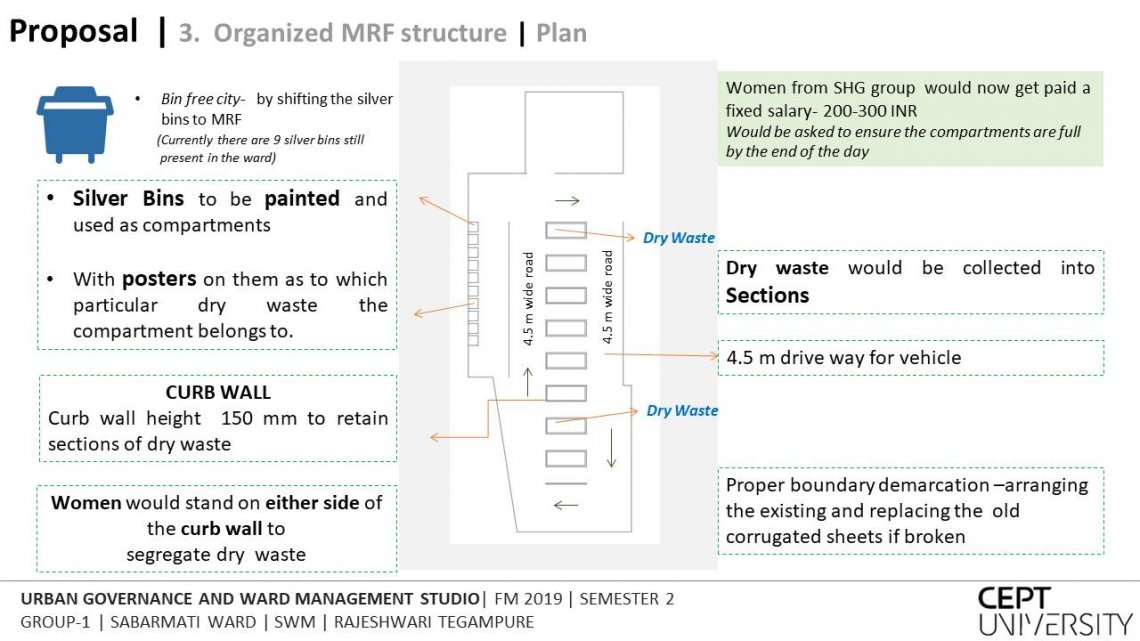Your browser is out-of-date!
For a richer surfing experience on our website, please update your browser. Update my browser now!
For a richer surfing experience on our website, please update your browser. Update my browser now!
Solid-waste management, is the collecting, treating, and disposing of solid material that is discarded because it has served its purpose or is no longer useful with application of various techniques to ensure orderly execution. Solid waste disposal and management is an urban problem. Every person is a potential generator of waste and thus a contributor to this problem. Waste generation therefore tends to increases with an increase in population and economic growth. Generally it has been observed that the waste that is generated is more than the capacity for it to be managed. Waste and rubbish can cause water and air pollution and so the current practices that are being carried out are proving out to be unsanitary and less productive. Therefore the most important reason for collection of this waste is the protection of the health of the population and the environment.

